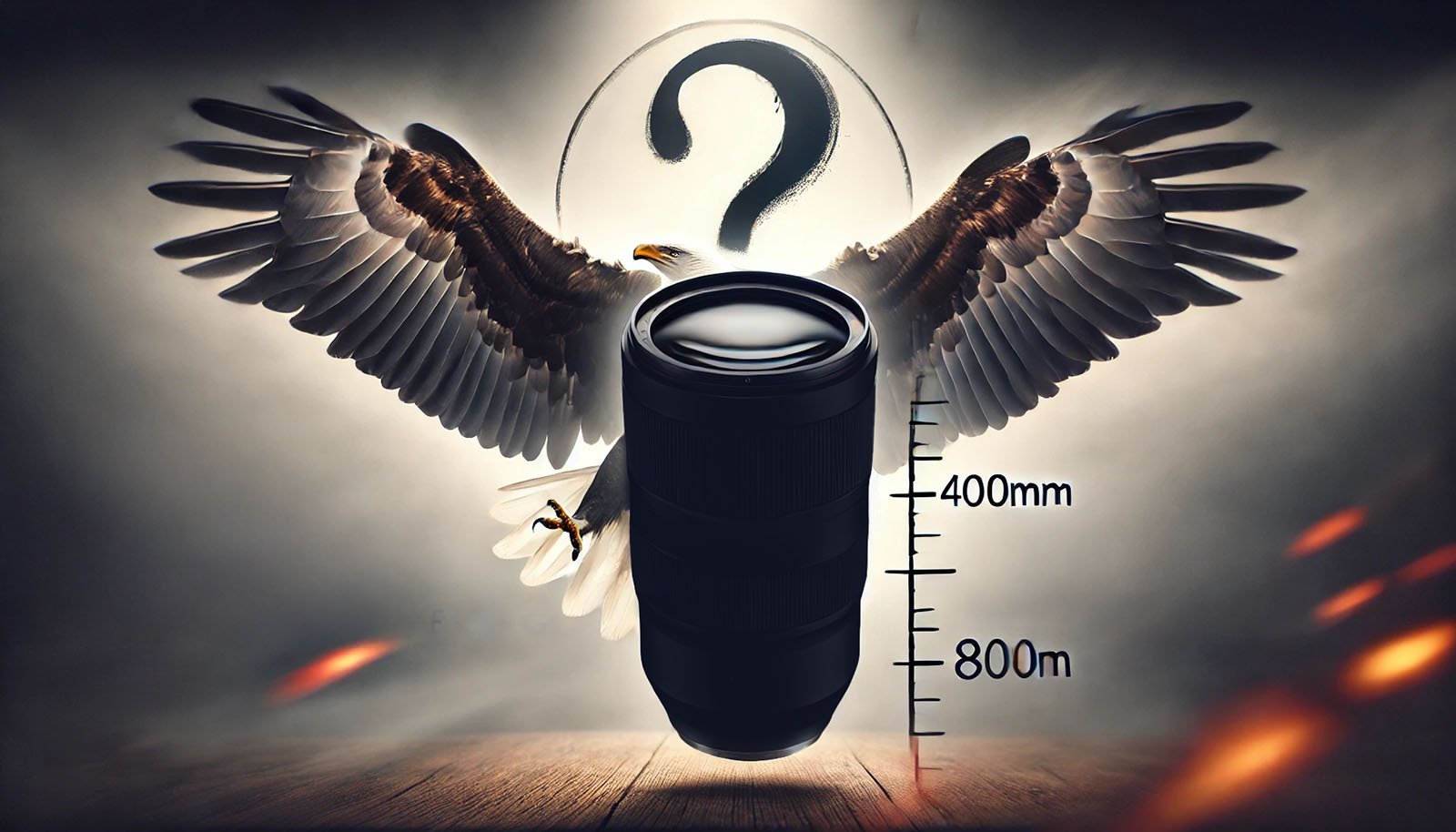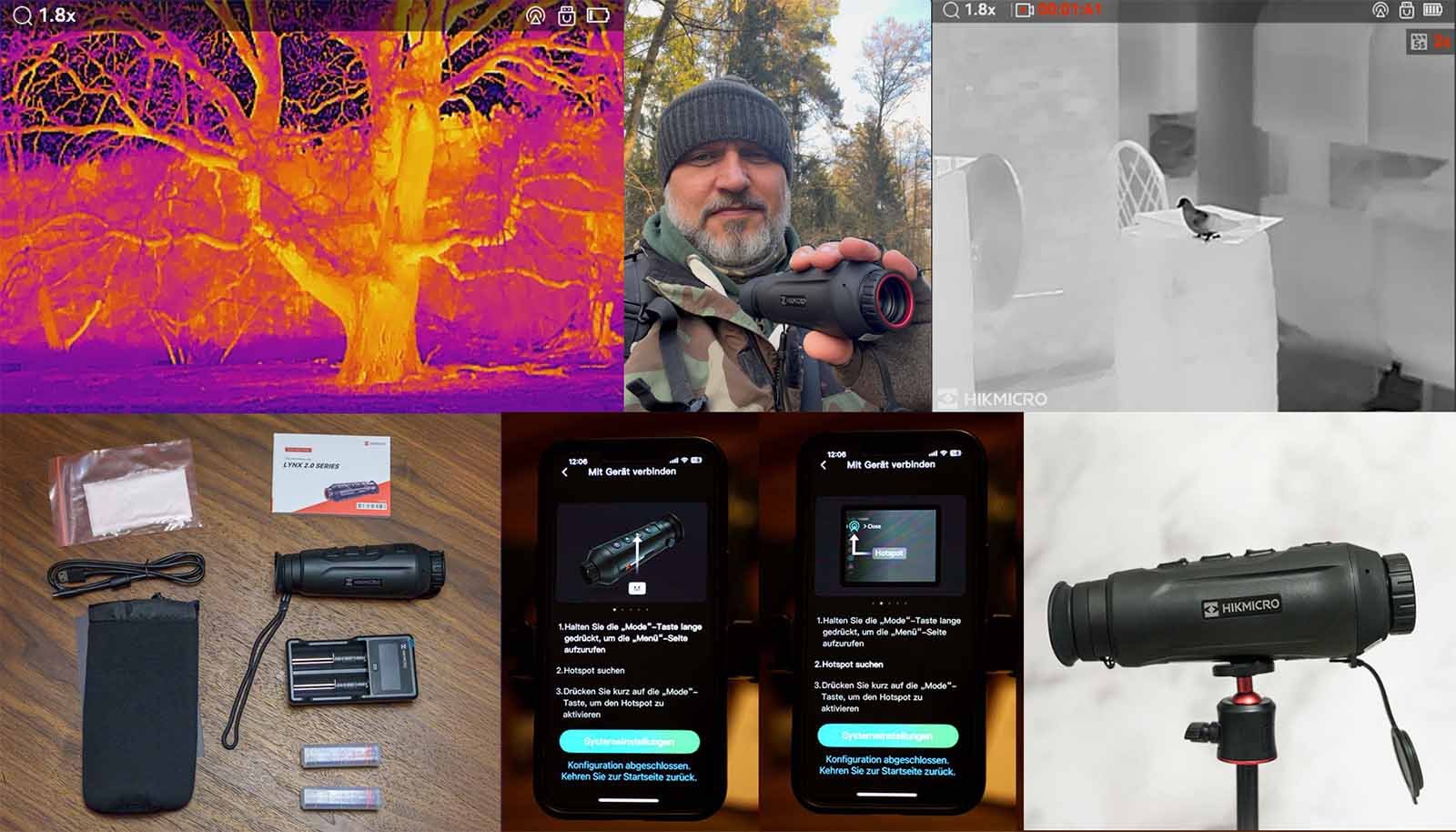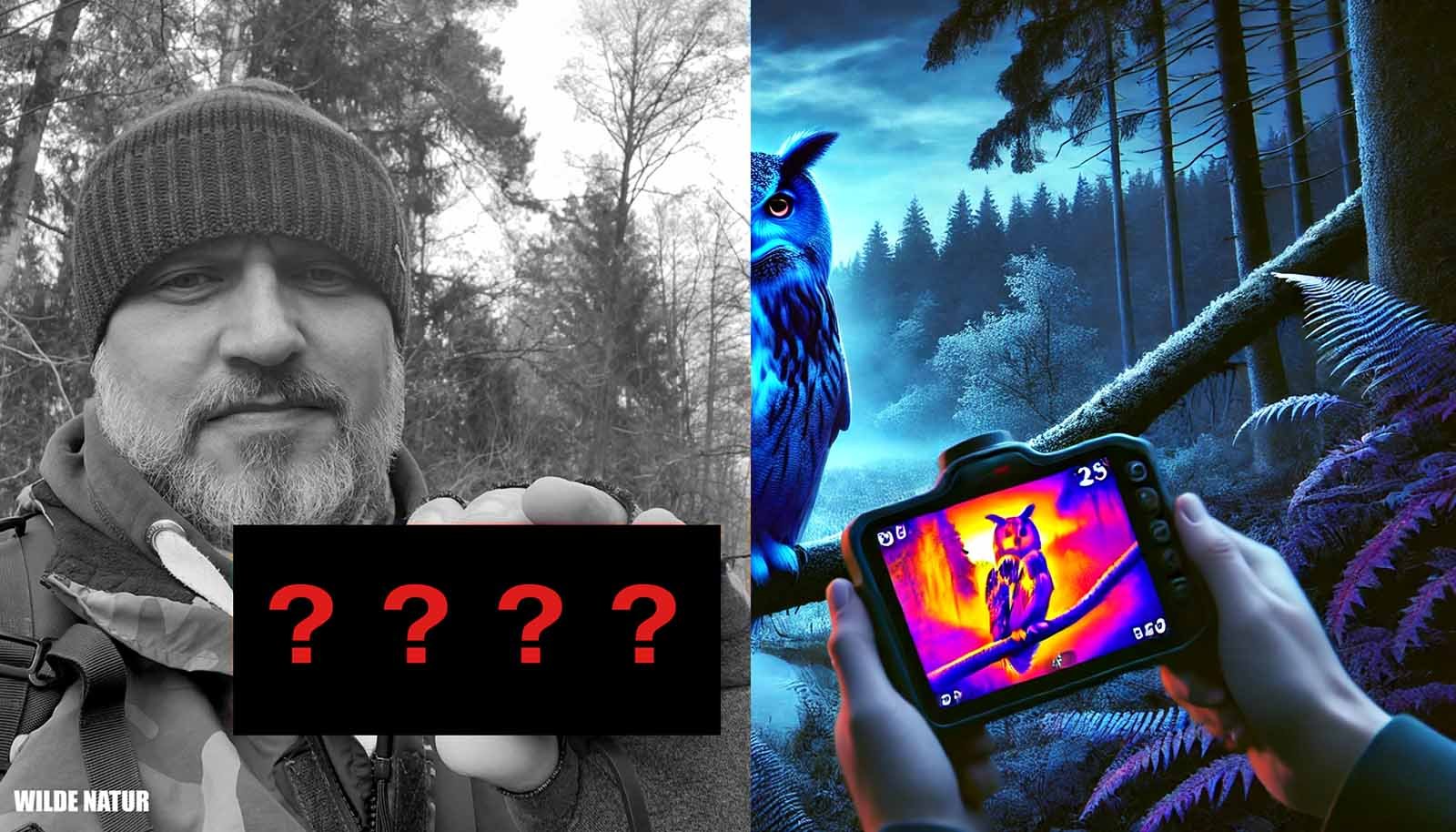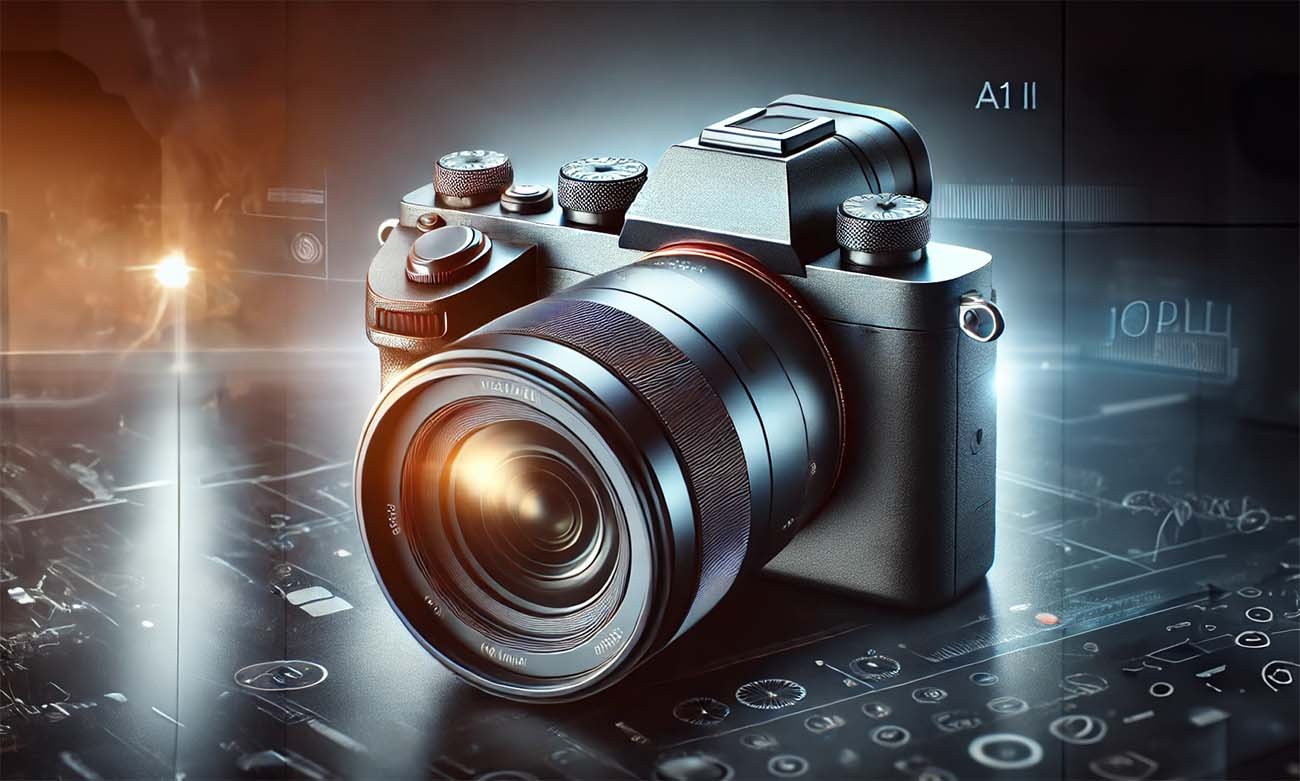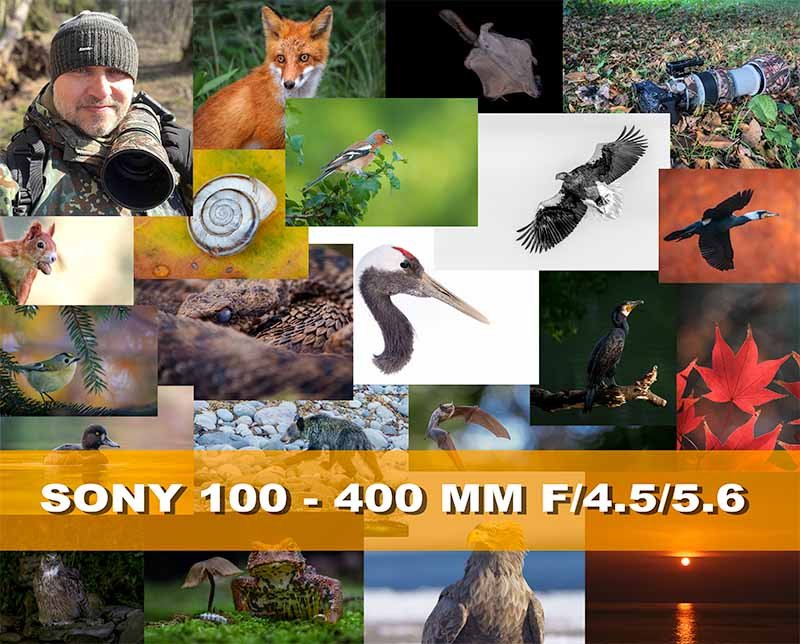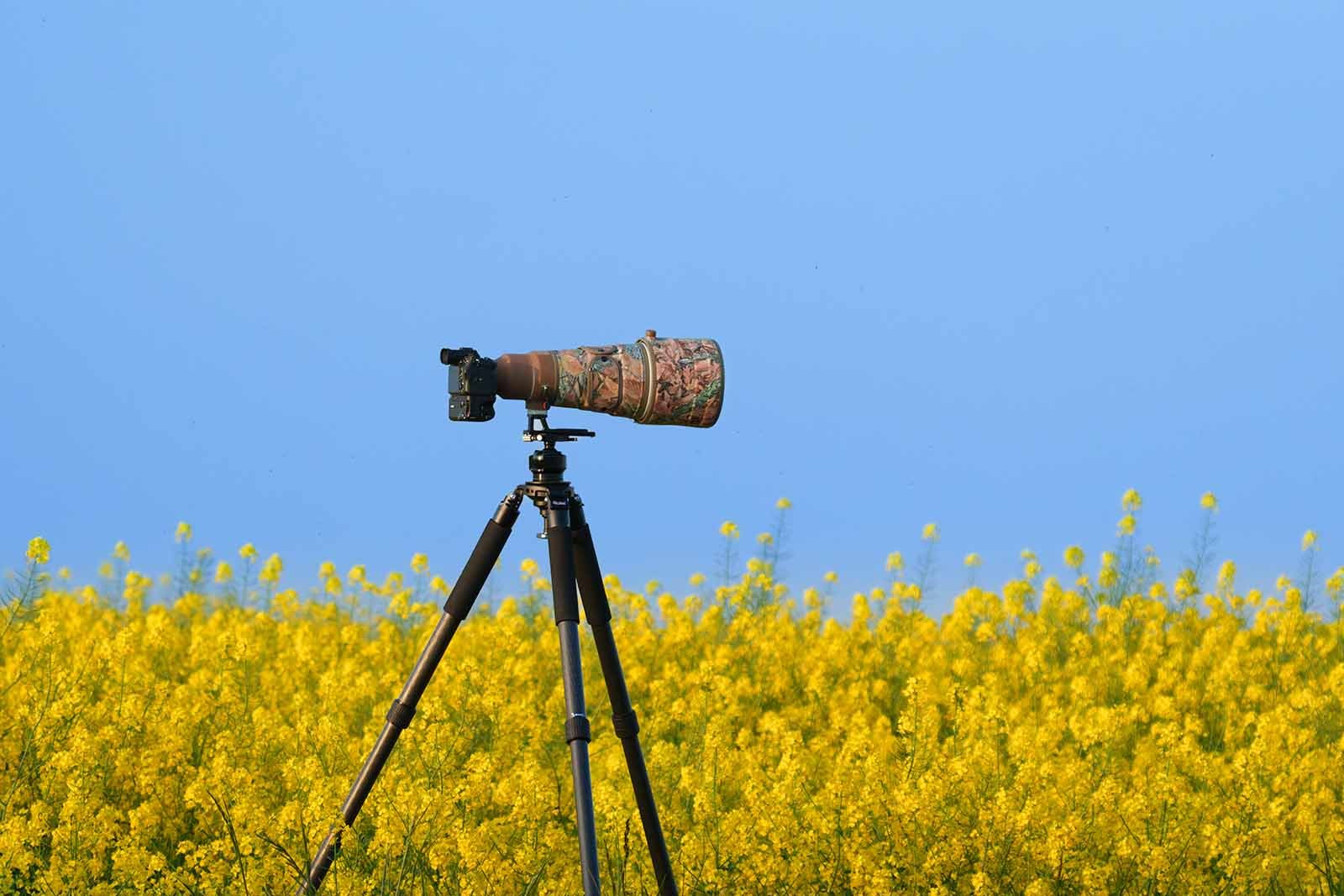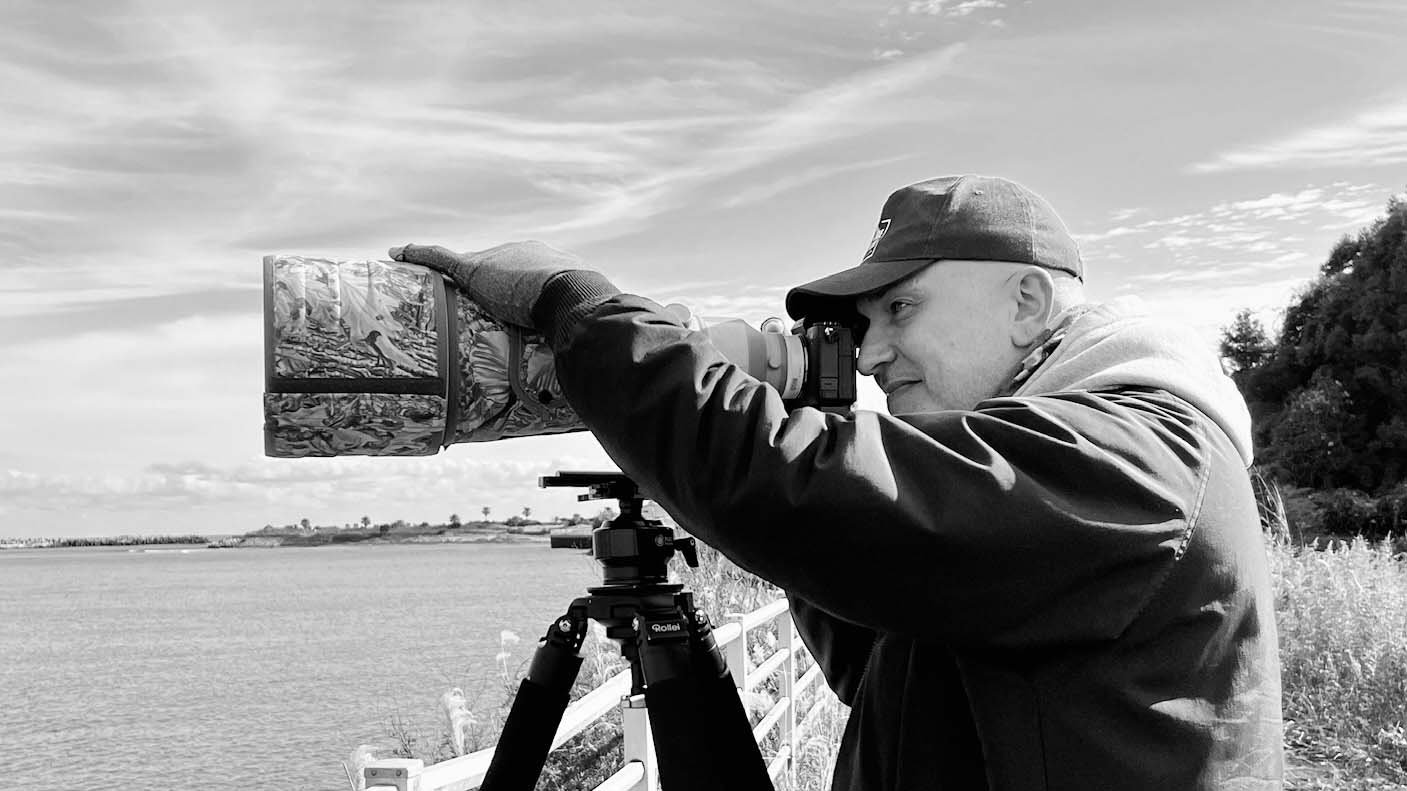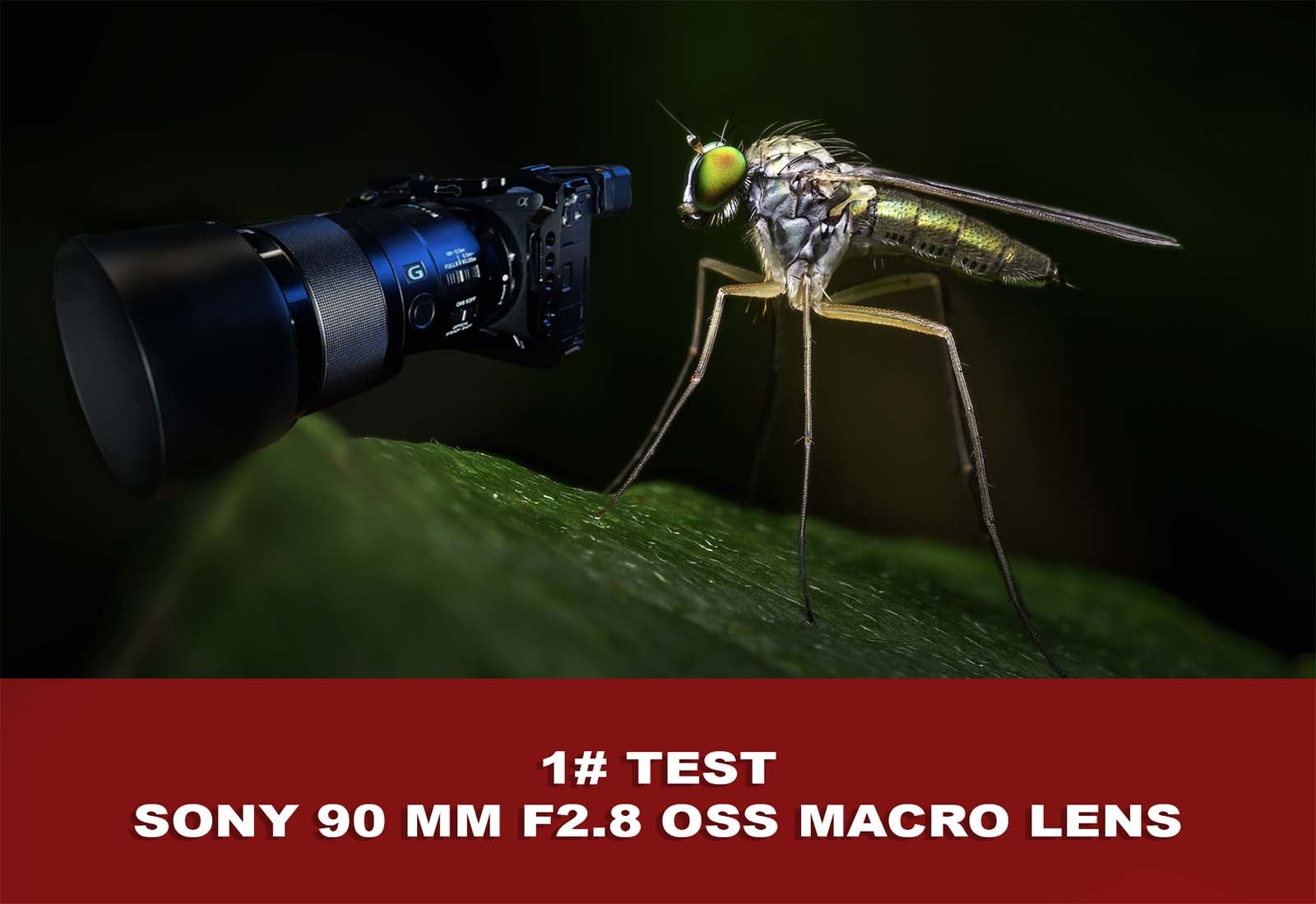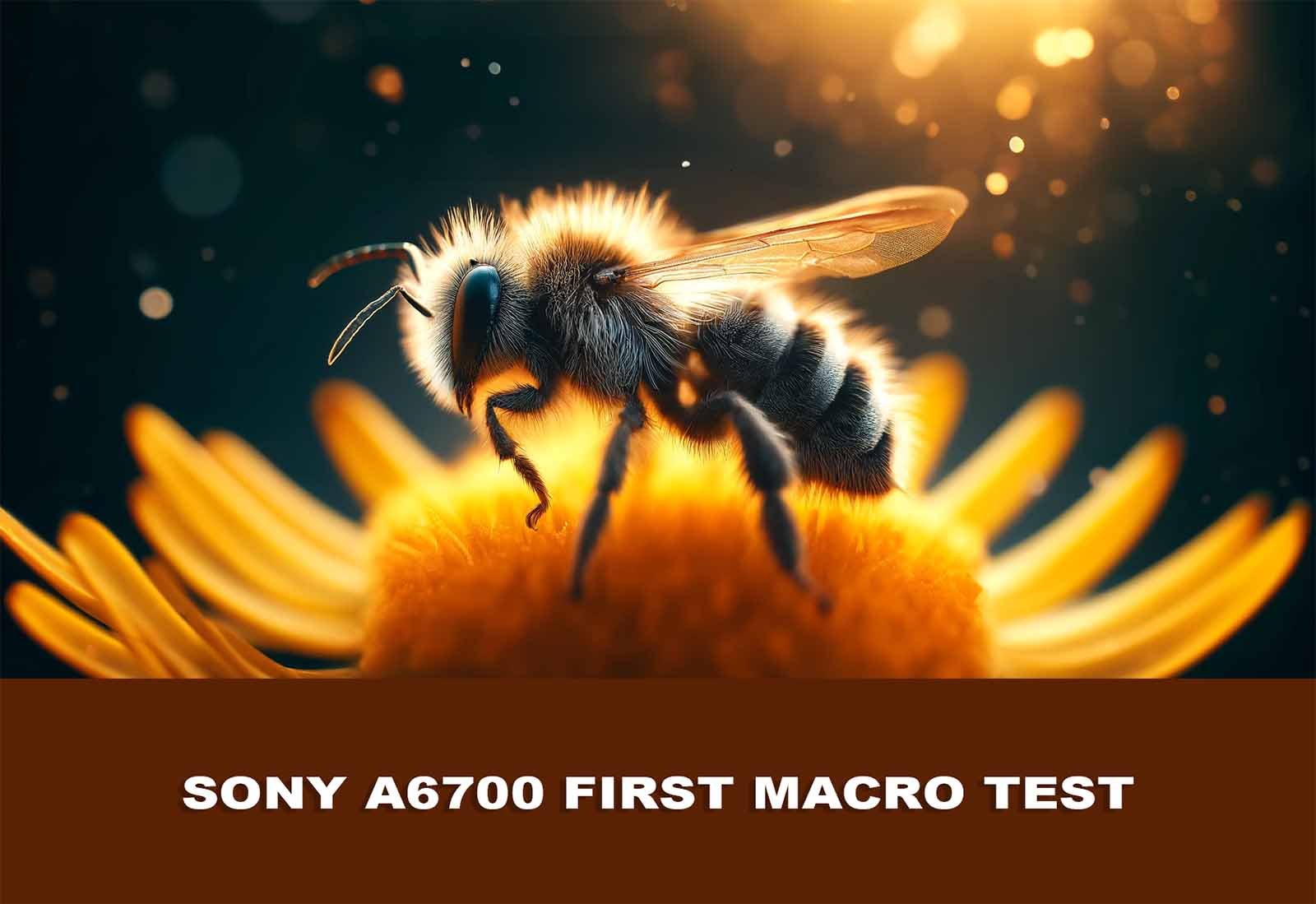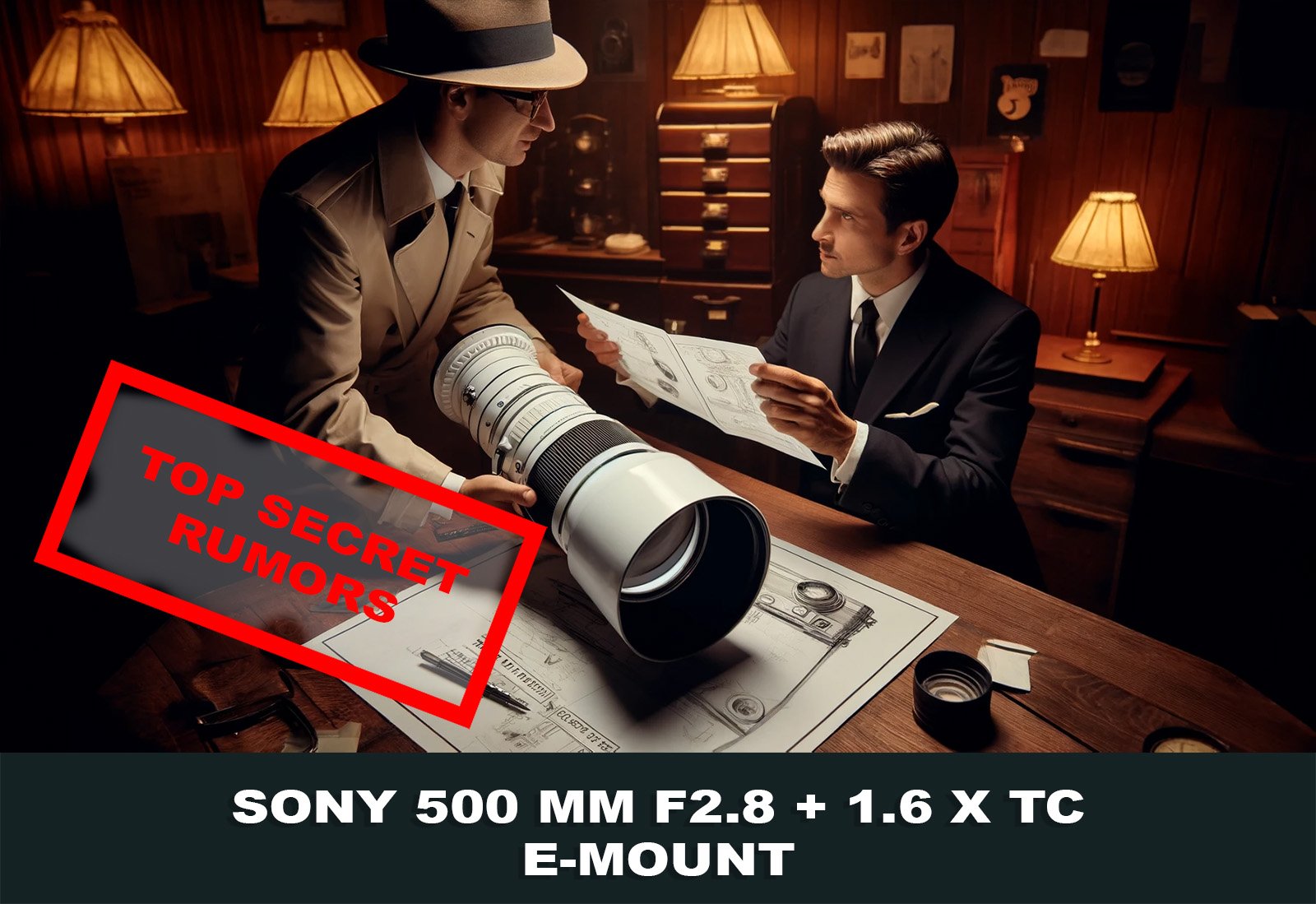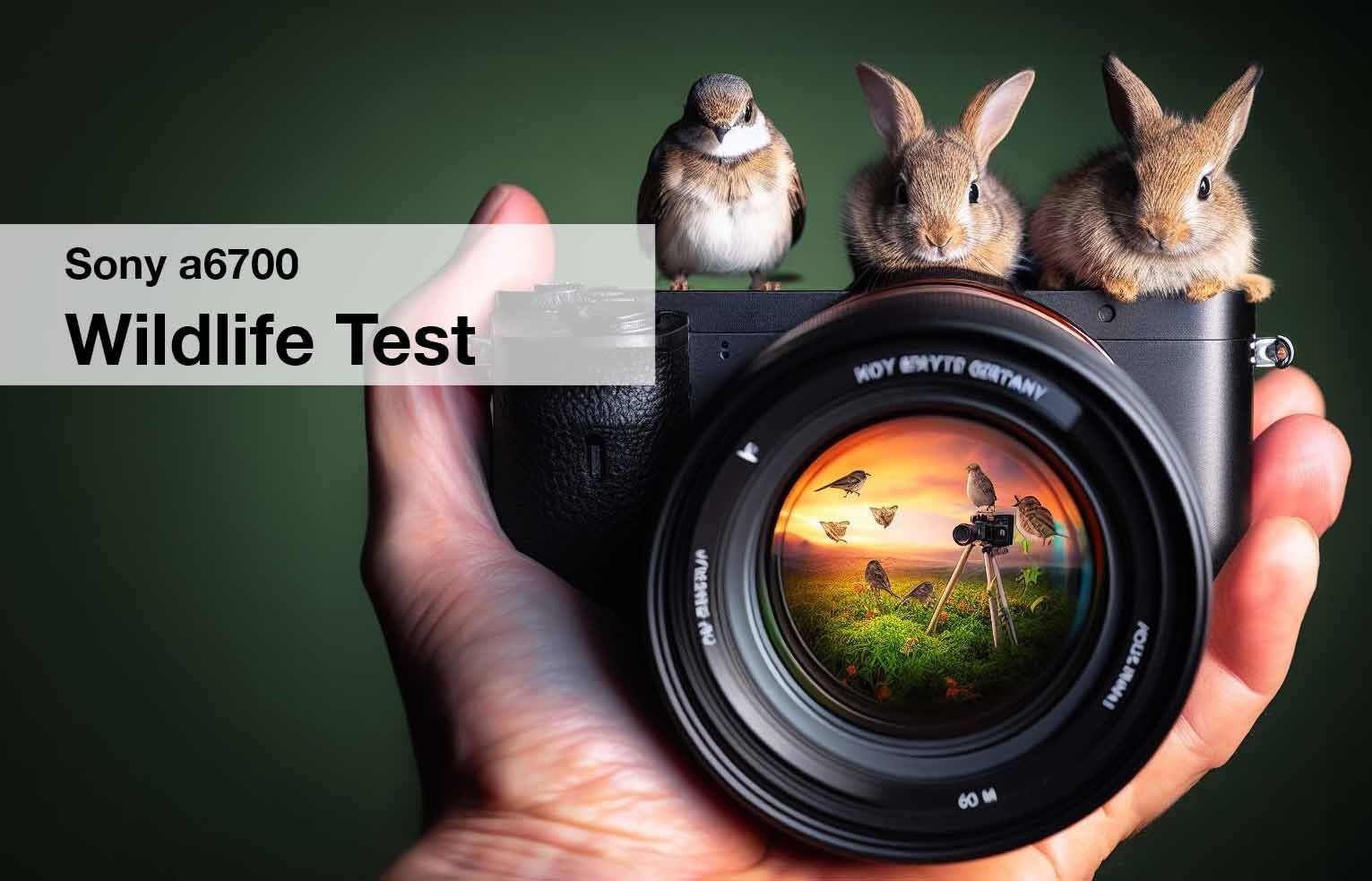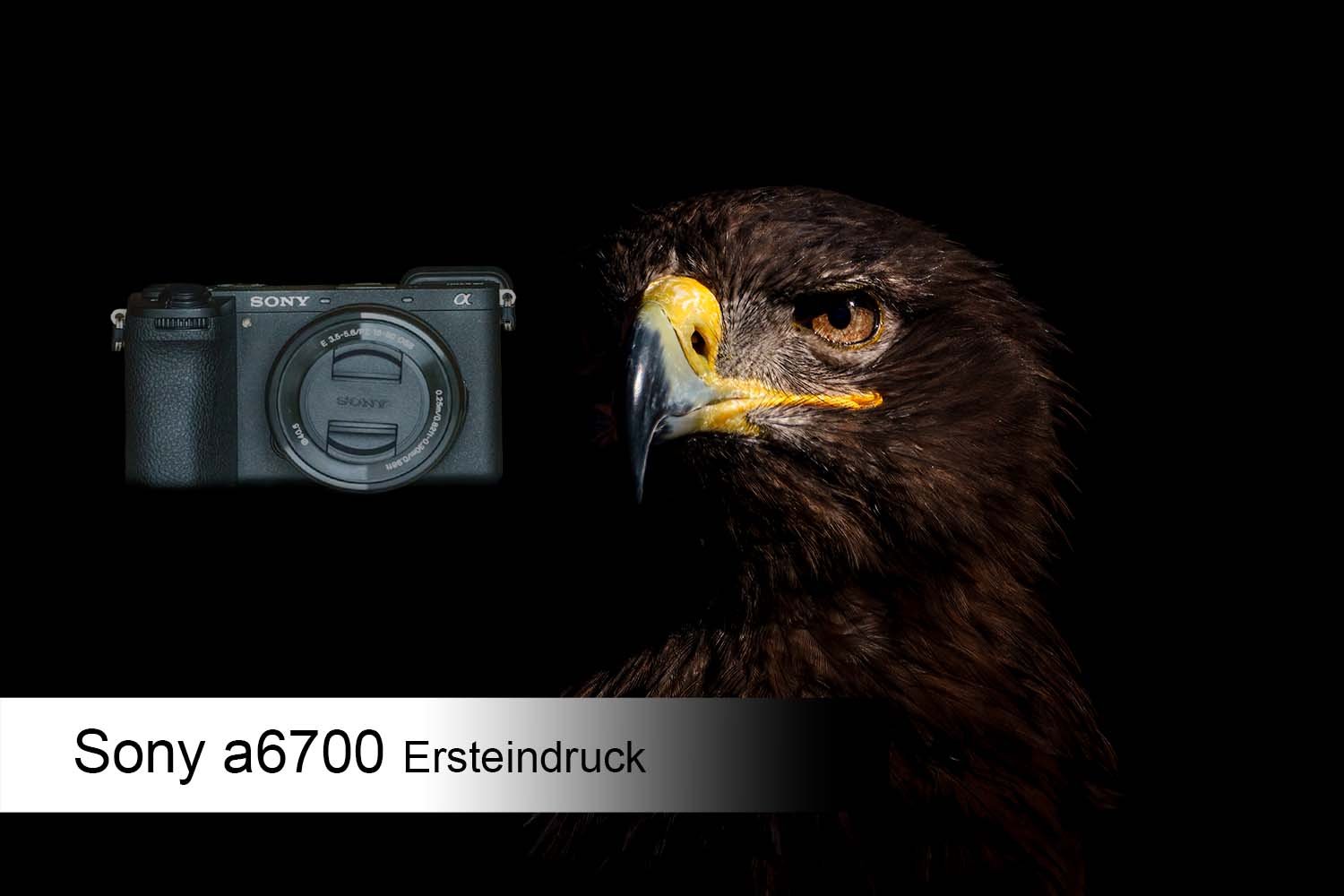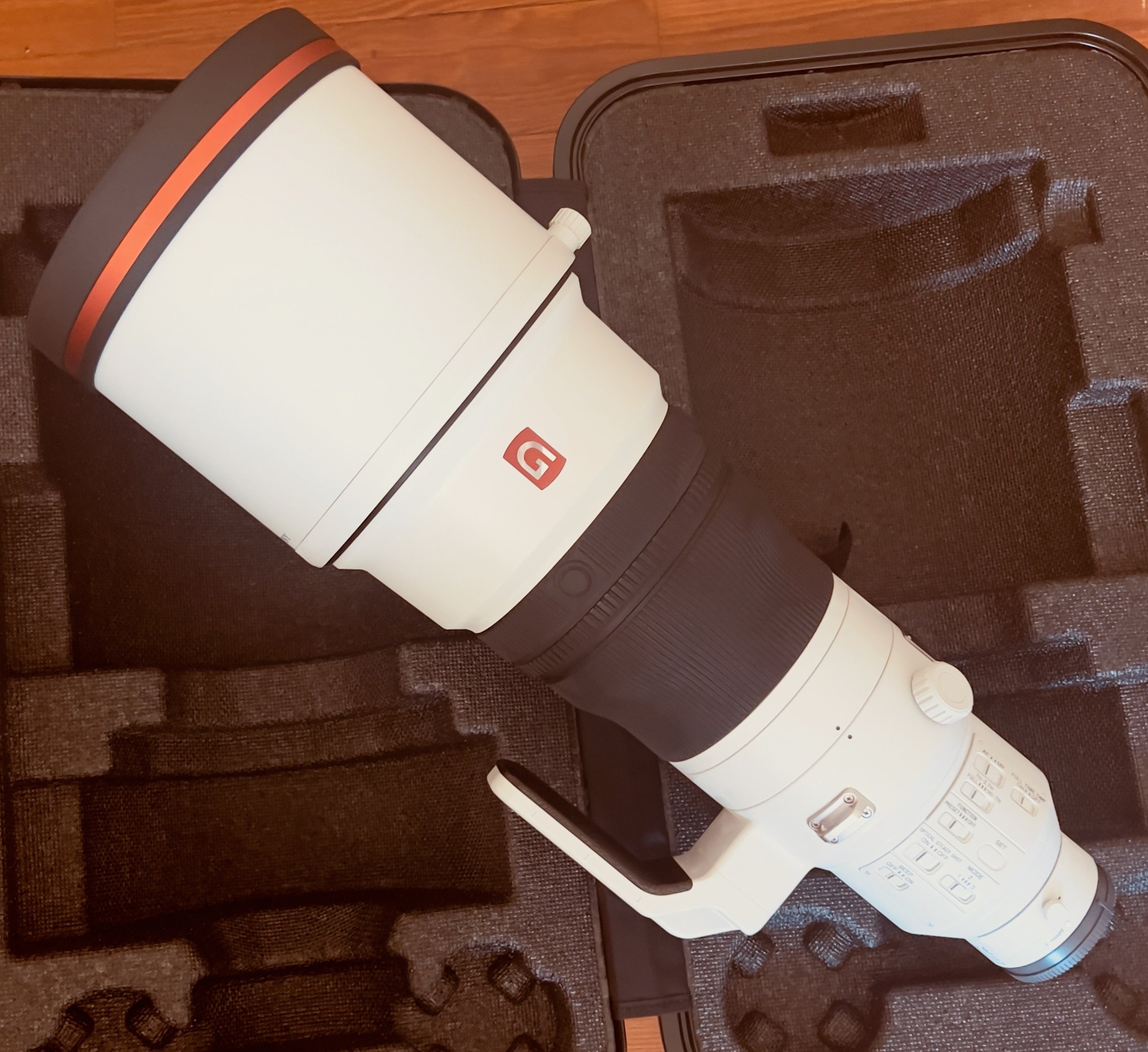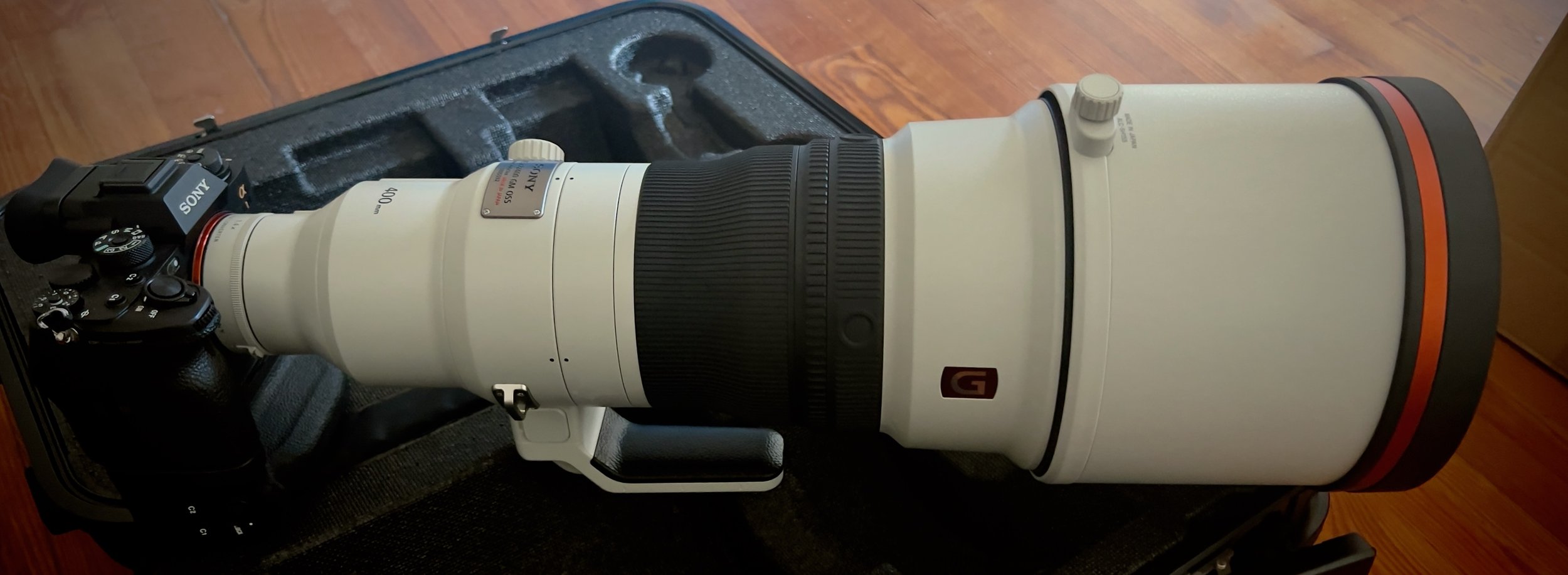Focal Length – The Heart of Your Photography
The telephoto lens has a focal length of 400 mm and is set for wildlife photography in nature.
Key Facts: What You Should Know About Focal Length
- Definition: The focal length is the distance between a lens and the focal point where light is focused.
- Measurement: It is measured in millimeters (mm).
- Function: Determines how much a subject is magnified and how much of the scene fits in the frame.
- Influence: Affects composition, framing, depth of field, and the bokeh effect.
- Usage: Wide-angle lenses for landscapes, telephoto lenses for sports and wildlife photography.
Table of Contents
- Introduction: Why Is Focal Length Important?
- How Does Focal Length Work?
- Differences Between Wide-Angle and Telephoto Lenses
- Impact of Focal Length on Depth of Field
- FAQ: Frequently Asked Questions About Focal Length
- Shortlist – Key Features:
Introduction: Why Is Focal Length Important?
Focal length is one of the most important characteristics of a camera lens and greatly influences the appearance of your photos. It determines how much of the scene is visible, how close a subject appears, and how the background behaves. Whether you're shooting landscapes, portraits, or wildlife, choosing the right focal length is essential for creating impactful images.
How Does Focal Length Work?
Focal length describes the distance between the lens elements and the point where light converges on the sensor. Simply put, it determines the field of view and magnification.
Key Points:
The photo was taken with a wide-angle lens, emphasizing the expansive frame and depth of the scene.
- Short Focal Length (e.g., 18 mm):
- Captures a wide field of view.
- Perfect for landscapes, architecture, or group shots.
Two colorful bee-eaters frozen mid-flight, captured with an 800 mm telephoto lens. The blurred background makes the birds stand out.
- Long Focal Length (e.g., 200 mm):
- Magnifies the subject and narrows the frame.
- Ideal for wildlife, sports, or portraits.
Focal length also affects perspective: shorter focal lengths emphasize depth, while longer ones compress it.
Differences Between Wide-Angle and Telephoto Lenses
1. Wide-Angle Lenses
A Sony a6700 camera equipped with a wide-angle zoom lens (16–50 mm)
- Focal Length: Up to 35 mm.
- Best For: Landscapes, architecture, interiors.
- Features:
- Large depth of field.
- A sense of space and depth.
- Potential distortion for close subjects.
2. Telephoto Lenses
A Sony a6700 camera equipped with a 400 mm telephoto lens is ideal for wildlife photography
- Focal Length: 70 mm and above.
- Best For: Portraits, wildlife, sports.
- Features:
- Shallow depth of field.
- Compressed perspective.
- High magnification, ideal for distant subjects.
Impact of Focal Length on Depth of Field
Focal length significantly influences depth of field, which is the area of an image that appears sharp.
Short Focal Length (Wide-Angle):
- Larger depth of field, so more of the scene is in focus.
- Ideal for landscapes where both foreground and background are important.
Long Focal Length (Telephoto):
- Shallower depth of field, great for portraits or wildlife to create a blurry background (bokeh effect).
- Isolates the subject from the background, drawing attention to the main focus.
FAQ: Frequently Asked Questions About Focal Length
1. What does focal length mean in photography?
Focal length determines how much of a subject is magnified and how wide or narrow the frame appears. It is measured in millimeters.
2. Which lens is best for wildlife photography?
A telephoto lens with a focal length of 400 mm or more is ideal for capturing distant wildlife in detail.
3. What focal length is suitable for landscape photography?
Wide-angle lenses with a focal length of 16–35 mm are great for capturing expansive landscapes and intricate details.
4. How does focal length affect depth of field?
Longer focal lengths reduce depth of field, while shorter ones increase it, creating either a sharp or blurry background.
5. Can a zoom lens cover multiple focal lengths?
Yes, zoom lenses provide flexibility by allowing you to switch between different focal lengths without changing lenses.
- Depth of Field: Short focal lengths provide more depth of field; long ones create a blurred background.
- Composition: Wide-angle emphasizes depth, telephoto compresses perspective.
- Colors: Longer focal lengths isolate subjects and enhance color intensity.
- Distortion: Wide-angle lenses can distort close objects.
- Flexibility: Zoom lenses let you work with multiple focal lengths easily.






